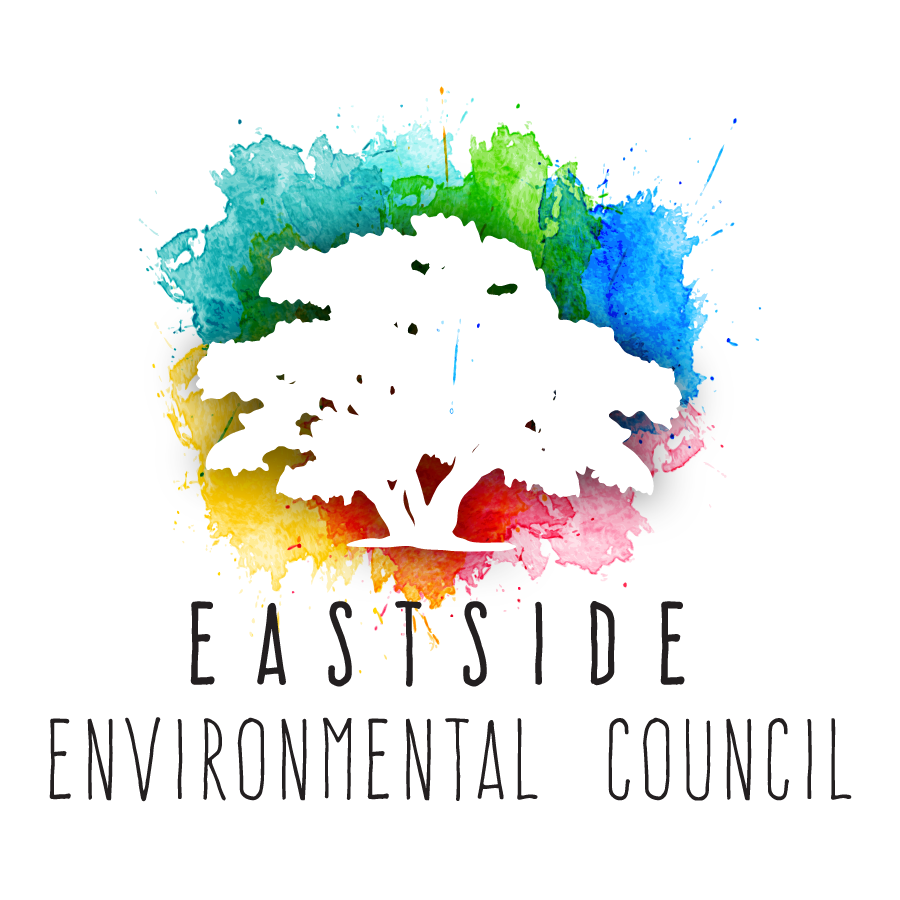
Health problems can plague entire communities struggling with economic and environmental issues. One such place is Eastside Jacksonville in Florida. Decades ago, the area was very industrial and once manufacturing started to decline, so did the area itself. It is considered part of an EPA-designated environmental justice community, because Eastside Jacksonville faces numerous environmental challenges. Other issues include low household incomes, a lack of neighborhood amenities, and significant health disparities. It’s believed that limited access to affordable healthcare, healthy food and health and wellness resources contribute to the health issues.
The Eastside Environmental Council (EEC), a nonprofit, was established by Eastside residents who were concerned about the community. Its mission is to address environmental issues related to health, food, and economic equity for the Eastside Community through education, collaboration, and consulting.
Below are questions and answers from Ariane Randolph with the EEC for more insight into the Eastside community.
What are some of the health issues the Eastside Jacksonville community is seeing? The Eastside community is dealing with high health disparities in, but not limited to: diabetes, high blood pressure, asthma, low birth weight babies, heart disease and cancer mortality.
What contributes to the health problems? The community is economically under resourced. Studies done by the EEC show over a $1 billion dollar economic deficit. Limited access to affordable healthcare has been a major contributor, along with limited access to fresh, healthier, local food. The community is also environmentally overburdened, which has also led to tackling these issues through an Environmental Justice lens.
How is this tied to the environmental issues in the area? The community has endured a history of industrial neglect, abuse, pollution and contamination resulting in poor air, water, and soil. “Not in my backyard” was in our community’s backyard. An environmentally burdened community begins to see generations of health issues from not only poor primary care, but many issues of “environmental health.”
What steps need to be taken to improve health conditions? What can residents do in their communities if they are facing health disparities as well? Increase our communication efforts with our neighbors to make sure we are engaging in solution driven conversations, and creating opportunities for social and civic engagement. Increase our arts, cultural, heritage, and spiritual networks. Increase incorporation of cultural and social diversity in all improvement projects for sustainability. Increase contaminated site clean-up (air, water, and soil).
To learn more, visit the Eastside Environmental Council website.
